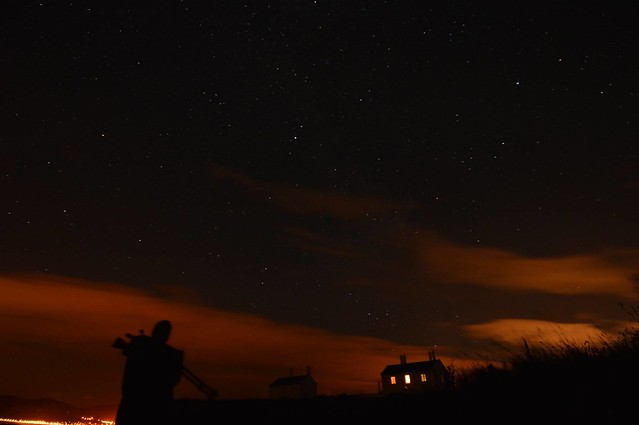I have been reading with interest the discussions reagrding the release of the new EOS7D II and in particular the "complaints" regarding noise and dynamic range compared to the 5D3
I've read around the internet and I understand that the science means that you will get a "better" image from full frame rather than a cropped sensor.
What I would be interested in finding out is are the images from a full frame significantly better for real world viewing e.g an A3 size print once it's been through the ususal post processing from people who have used both. In particular could you spot the difference without pixel peeping at say 400 ISO or does the difference only become marked once the cropped sensor runs out of puff at high ISO's.
All views welcomed
I've read around the internet and I understand that the science means that you will get a "better" image from full frame rather than a cropped sensor.
What I would be interested in finding out is are the images from a full frame significantly better for real world viewing e.g an A3 size print once it's been through the ususal post processing from people who have used both. In particular could you spot the difference without pixel peeping at say 400 ISO or does the difference only become marked once the cropped sensor runs out of puff at high ISO's.
All views welcomed



 DSC_0348
DSC_0348 Link Crop
Link Crop